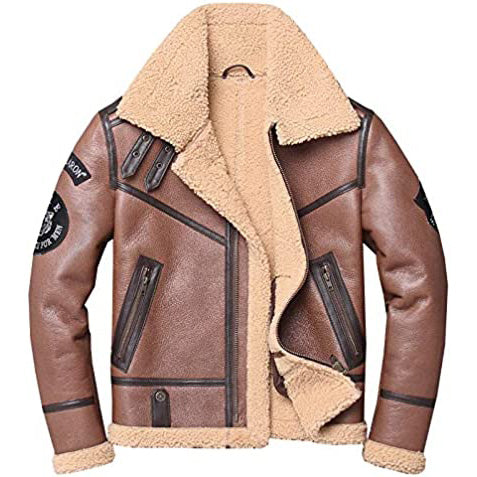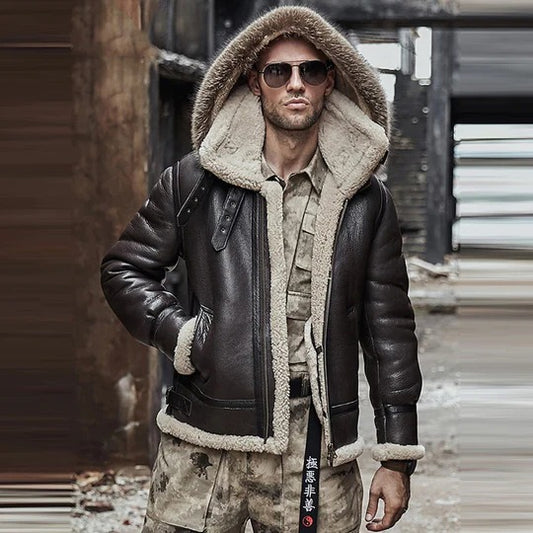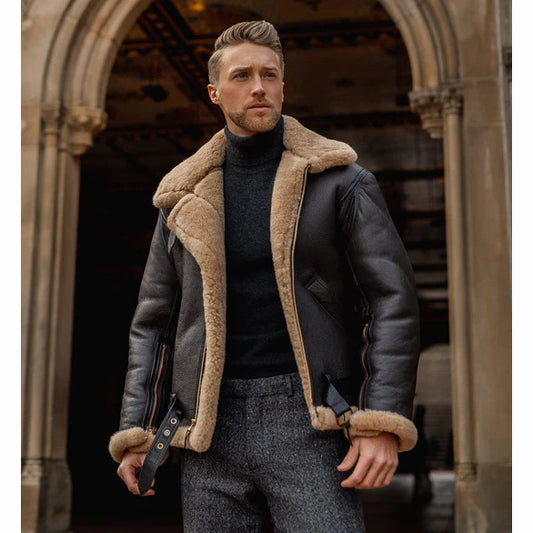These Are The 5 Grades Of Leather In Detail
Leather, with its timeless appeal, has been adorning our fashion, furniture, and accessories for centuries. Its versatility and durability make it a prized material. However, not all leather is created equal. There are distinct grades of leather, each with its unique characteristics and qualities. In this article, we delve into the fascinating world of leather grades, exploring the differences, applications, and what makes each grade stand out.
Introduction
Leather is more than just a material; it's a statement of luxury and quality. When shopping for leather products, understanding the different grades can help you make informed choices. Let's begin our journey into the world of leather grades by raising a few questions:
- What distinguishes one leather grade from another?
- How does the grade affect the appearance and longevity of leather goods?
- Are there specific applications for each grade?
- What should consumers look for when purchasing leather items?
- Can you tell the grade of leather just by looking at it?
Throughout this article, we will answer these questions, providing you with valuable insights into the five distinct grades of leather.
Full Grain Leather: The Epitome of Luxury
Full grain leather is the highest quality and most sought-after grade. It is obtained from the top layer of the hide, which retains the natural grain and imperfections of the animal's skin. These imperfections, such as wrinkles and scars, give full grain leather its unique character.
Characteristics and Applications
Full grain leather boasts remarkable durability and ages beautifully, developing a rich patina over time. It's commonly used in crafting premium wallets, belts, and high-end furniture. Its natural breathability also makes it a preferred choice for footwear.
Quote:
As renowned fashion designer Ralph Lauren once said, "Full grain leather exudes a timeless elegance that no other material can match."
Top Grain Leather: A Balance of Quality and Versatility
Top grain leather is the second-highest grade and is derived from the upper layer of the hide. Unlike full grain, it undergoes minimal processing to remove imperfections, resulting in a smoother appearance.
Characteristics and Applications
Top grain leather strikes a balance between quality and affordability. It is commonly used in crafting sofas, car upholstery, and handbags. Its smooth surface allows for various finishes, making it a versatile choice for different applications.
Sales Pitch:
Upgrade your living space with our top grain leather sofas, combining style and comfort effortlessly.
Corrected Grain Leather: Polished Perfection
Corrected grain leather undergoes a more intensive finishing process, where imperfections are sanded or buffed away. A surface finish is then applied, often creating a uniform appearance.
Characteristics and Applications
Corrected grain leather is prized for its consistent look and resistance to wear and tear. It's commonly used in making business portfolios, briefcases, and office furniture. The polished surface gives it a professional and modern aesthetic.
Rhetorical Question:
Looking for leather goods that exude professionalism and durability?
Split Grain Leather: Affordable and Accessible
Split grain leather is obtained from the lower layers of the hide after the top grain is removed. While it may lack the natural grain, it still possesses some leather's inherent qualities.
Characteristics and Applications
Split grain leather is a cost-effective option, often used in making suede products, jackets, and casual footwear. Its soft and pliable nature makes it a comfortable choice for clothing and accessories.
Metaphor:
Split grain leather is like the "everyday wear" of the leather world - comfortable, reliable, and accessible.
Bonded Leather: The Budget-Friendly Alternative
Bonded leather is a blend of leather scraps and synthetic materials. It's the most affordable leather grade but lacks the durability and authenticity of higher grades.
Characteristics and Applications
Bonded leather is often used in manufacturing low-cost furniture, budget-friendly wallets, and promotional items. While it may not match the quality of higher grades, it provides an economical choice for those on a tight budget.
Conclusion
In conclusion, the world of leather grades offers a wide spectrum of choices, catering to diverse preferences and budgets. When shopping for leather products, it's crucial to consider the grade, as it directly impacts the item's appearance, durability, and price.
To recap our journey through the grades of leather:
- Full grain leather embodies luxury with its natural imperfections and exceptional durability.
- Top grain leather strikes a balance between quality and versatility, suitable for various applications.
- Corrected grain leather offers polished perfection, making it ideal for professional settings.
- Split grain leather provides an affordable and accessible option for casual wear.
- Bonded leather serves as a budget-friendly alternative but may lack longevity.
By understanding these grades, you can make informed choices and select leather products that align with your style and needs. So, next time you're in the market for leather goods, remember the five grades of leather and choose wisely.




